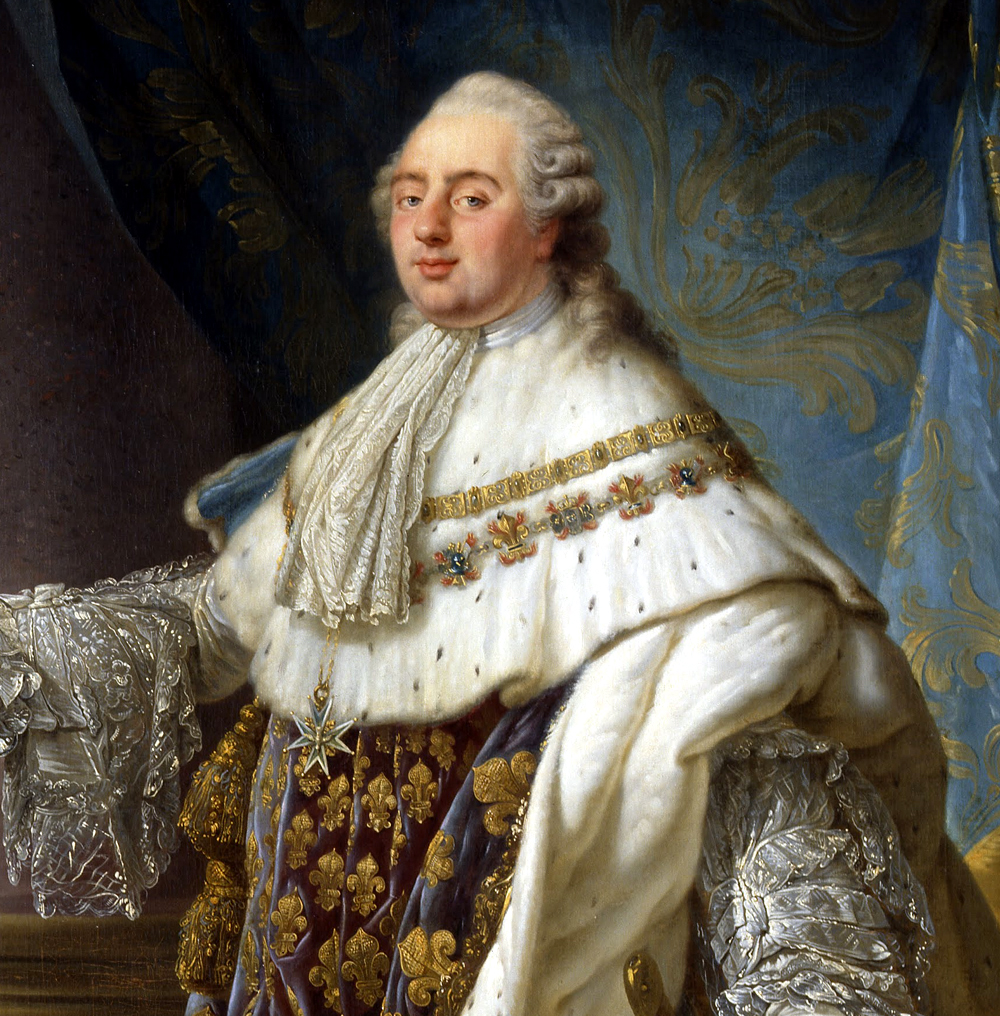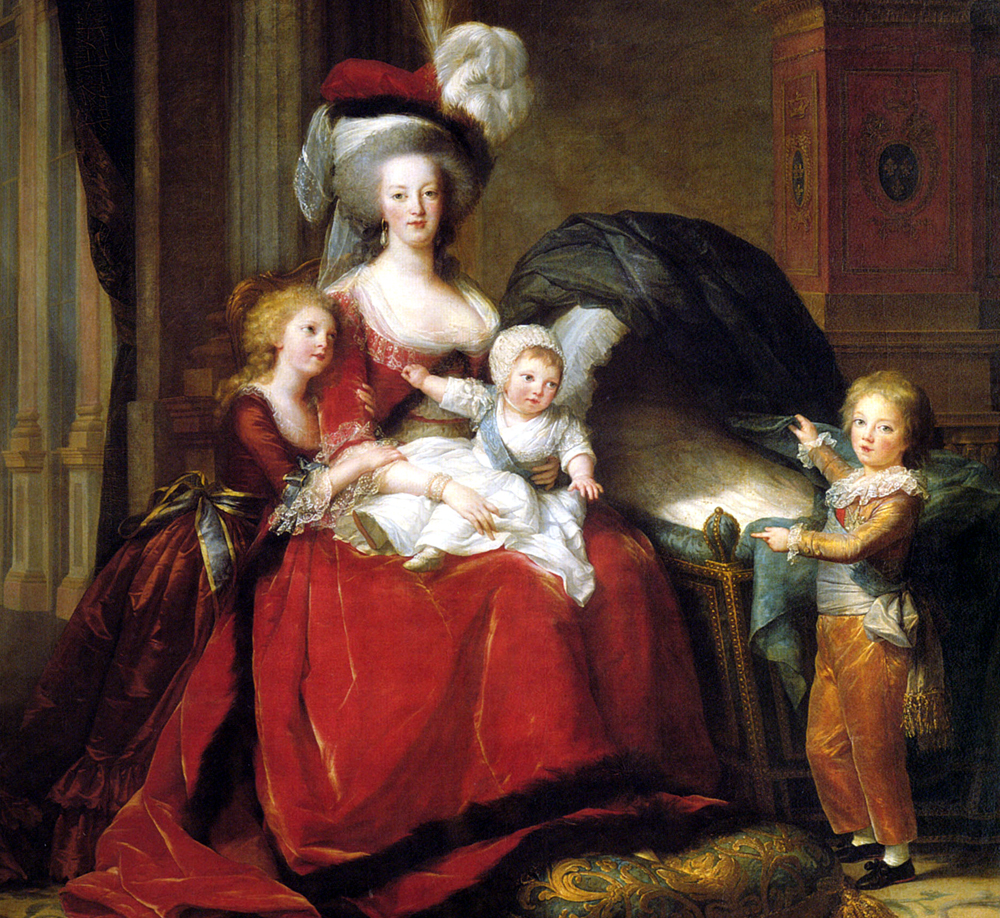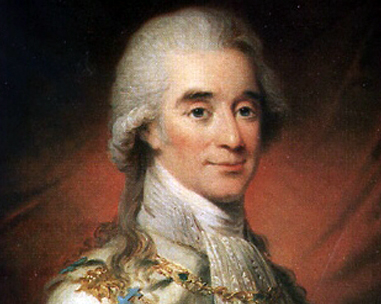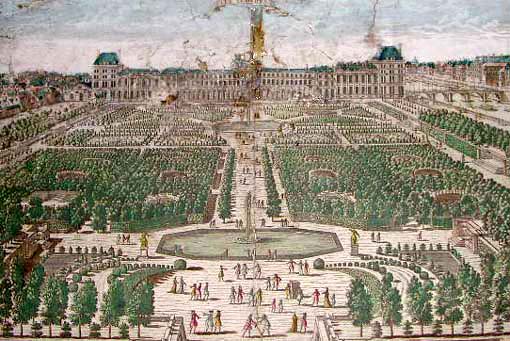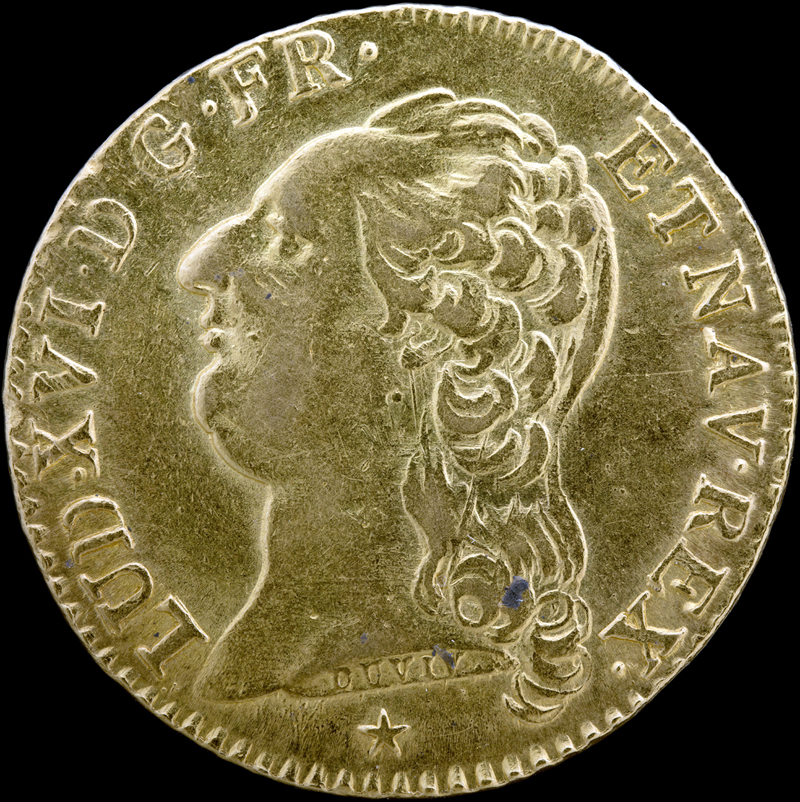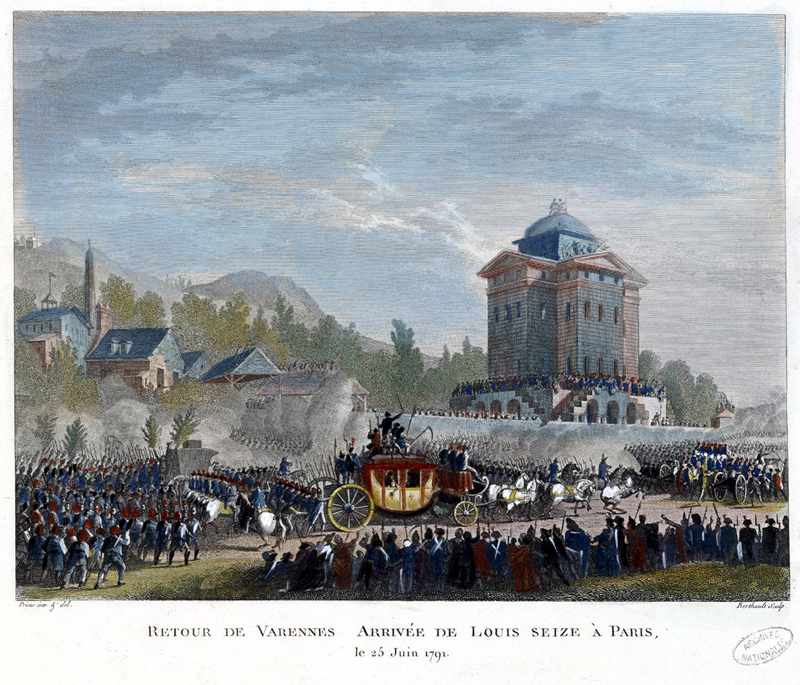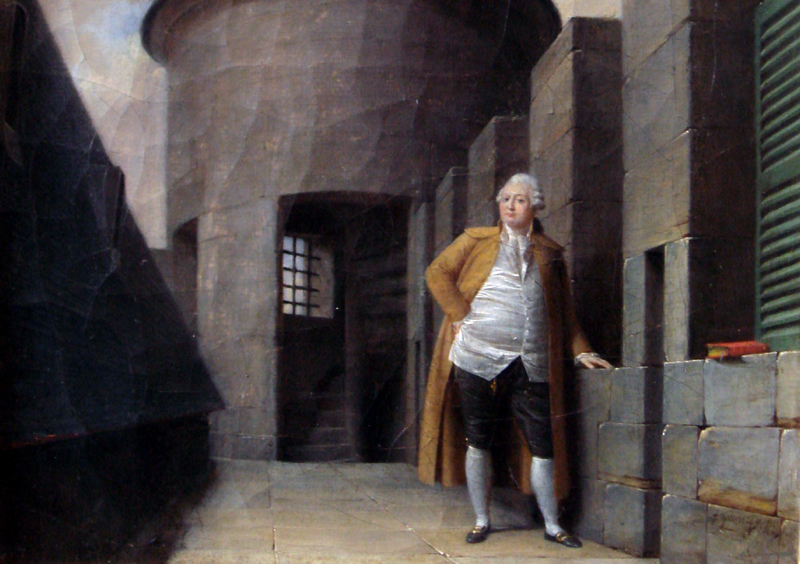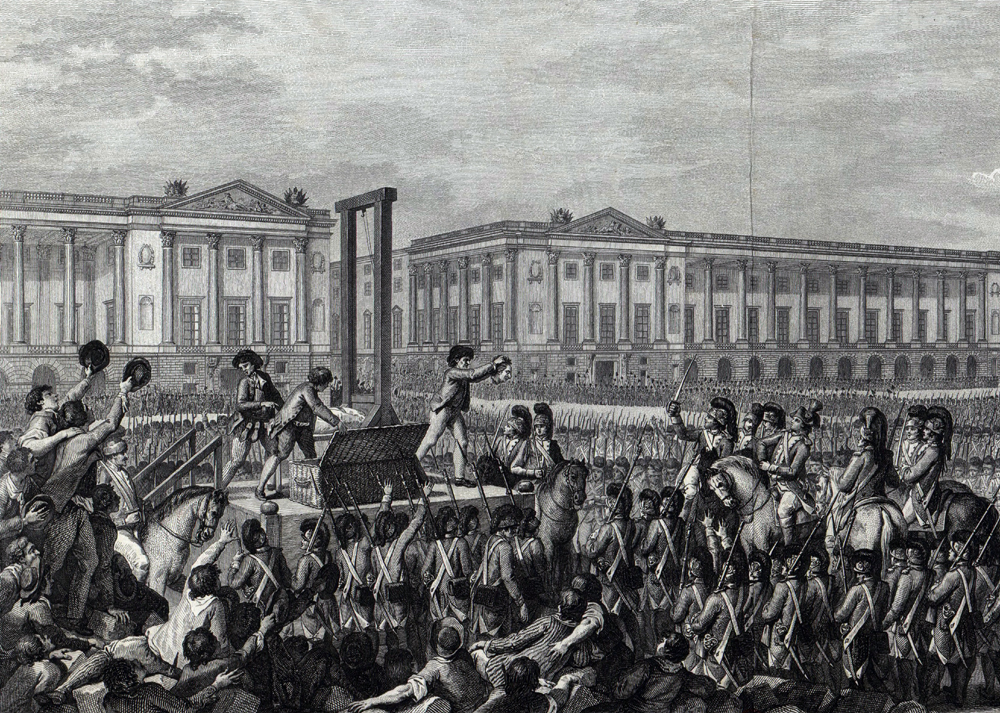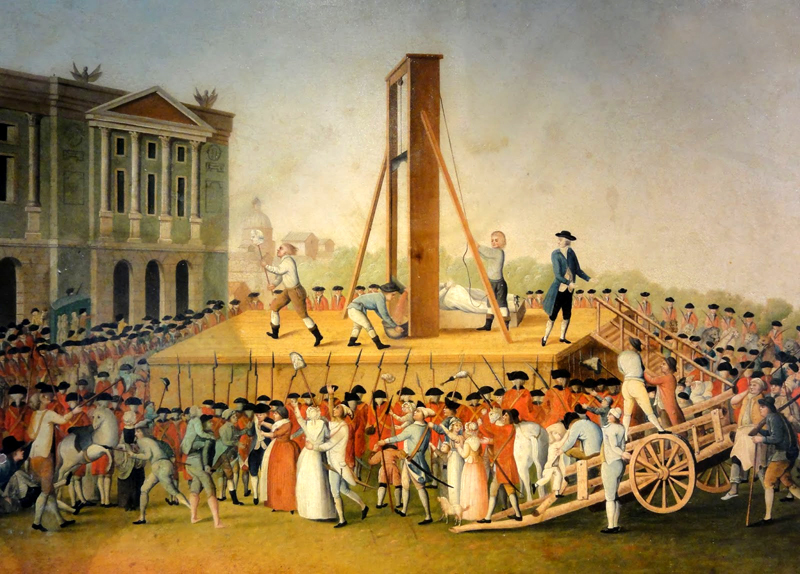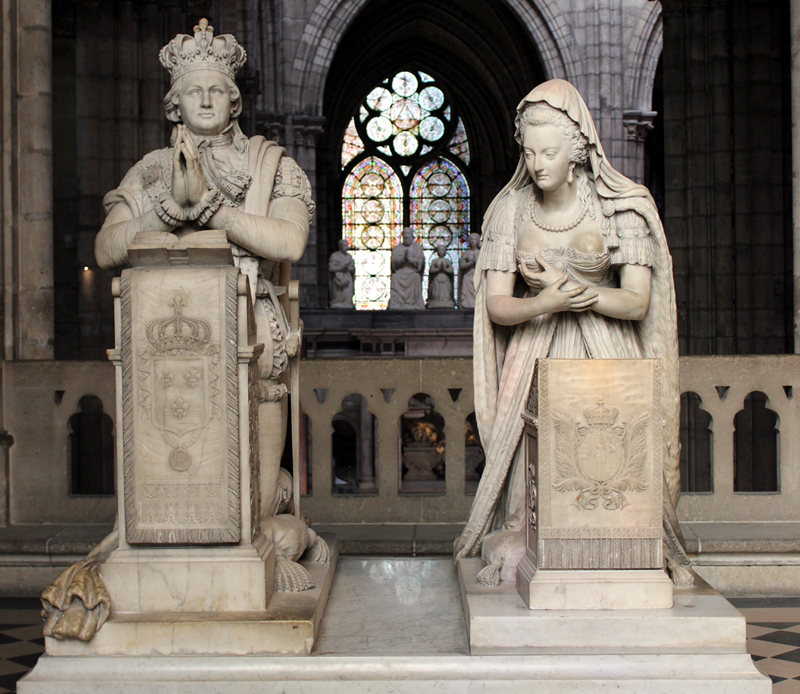After 24 hours on the run, the royal family was arrested in the town of Varennes. Louis XVI was dressed as a servant, and the crown prince was wearing a dress
French Revolution forced Louis XVI into an impossible escape
After two years of house arrest in Paris, the king of France has had enough. He wants to leave the city and regain power. Louis XVI’s escape is organized by a Swedish count who is the lover of his wife, Queen Marie Antoinette.
♦ France / 1791.
The revolution is underway. The bourgeoisie demands political influence, the poor want lower food prices, and the nobility fights for its privileges. Louis XVI does not intervene, afraid of bloodshed and civil war. When the National Assembly seized power two years earlier, he did nothing then either
It is seven o’clock in the morning when the chamberlain enters the royal quarters to wake Louis XVI. When he draws open the curtains around the bed of the French king, he discovers that the king has disappeared. He hurries to the room of the six-year-old crown prince, Louis Charles. He too is not in his bed. At the same time, the lady-in-waiting goes to wake Queen Marie Antoinette.
But her bed is empty as well.
‘They are gone! They are gone!’ echoes through the Palais des Tuileries in the heart of Paris, which for two years had been the place of exile of the royal family.
The king had been living there virtually under house arrest, stripped of his power. His only task was to sign the laws dictated to him by the new regime, the National Assembly
But now Louis is gone — escaped with the queen and their children, Princess Marie Thérèse and Crown Prince Louis Charles.
The alarm bell is rung, and a cursing, shouting crowd gathers in front of the palace. Around eleven o’clock, the National Assembly sends out scouts to track down the royal fugitives. At that very moment, they are sitting in an elegant carriage, 100 kilometers from Paris
They are in high spirits. ‘Everything is going perfectly. Otherwise, we would have been stopped long ago,’ says the queen, disguised as a maid. They are still far from their destination — the royalist garrison town of Montmédy, on the border with the Austrian Netherlands (present-day Belgium) — but the escape plan devised by the Swedish Count Von Fersen seems to be succeeding.
A lovestruck count. Count Axel von Fersen, once called the most handsome man in Europe, is a Don Juan with countless conquests to his name. But when he meets Marie Antoinette in Paris in 1783, he falls head over heels for her.
From the moment she and the king are forced to live in the Palais des Tuileries, he seizes every opportunity to secretly visit the unhappy queen — despised by the French people — and offer her encouragement. ‘She is an angel of goodness, heroic in all her sensitivity. I have never been so in love,’ he writes excitedly to his sister Sophie in Sweden.
Together with the royal couple, Von Fersen devises an escape plan to get Louis safely to Montmédy. There, the king could assemble an army to defeat the revolutionaries in Paris.
First, Von Fersen purchases a comfortable carriage with room for six people. Officially, a certain ‘Baroness de Korff’ buys the carriage, supposedly for a journey to Russia
This was not unusual, as aristocrats at the time often undertook long journeys across Europe. Von Fersen then plans the rest of the route: for the trip to Montmédy, the carriage will need fresh horses at regular intervals. To this end, he makes arrangements with 12 staging posts. Along the way, Louis will be accompanied by loyal soldiers who are fully briefed on the plan
Although the castle swarmed with spies and the escape required a great deal of manpower, Count Von Fersen managed to keep the plan secret.
♦ Departure at midnight
The preparations had to take place in secret, as the revolutionaries had spies among the 100 courtiers. The hesitant king kept postponing the escape, and each time the many staging posts and helpers had to be notified. Eventually, the date was set: the night of June 21, 1791.
Shortly before midnight, the queen wakes the children. The crown prince throws a tantrum when he discovers he must wear girls’ clothes. A little later, Axel von Fersen arrives at the palace, disguised as a coachman. He leads the children and their governess to the carriage. The children’s governess plays the role of Baroness de Korff, and the king that of her valet. Dressed in a green livery, he moves quietly through the dark palace.
On the ground floor, he meets two loyal bodyguards who had hidden in a closet. They escort the king to Von Fersen’s carriage, where the king’s sister, Elisabeth, is also waiting. Marie Antoinette leaves last. When she sees a guard, she hides until the coast is clear. Then she seeks out the guard officer who will lead her out of the palace. With an hour’s delay, all six fugitives are finally assembled
Von Fersen escorts them out of the city to the place where the carriage is hidden. Unseen, they all get in.
At the staging post in Bondy, 20 kilometers from Paris, they change horses for the first time. Here, Von Fersen — very reluctantly — has to say goodbye to the queen.
He would have liked to accompany her for the entire journey, but that would have been an affront to the king: being rescued by his wife’s lover is simply too much.
‘Farewell, Madame de Korff,’ Von Fersen calls out demonstratively, so everyone can hear.
During the night, he slips across the border while the royal carriage runs into trouble. The roads are poor, and in the dark the horses often stumble. As a result, the harness breaks and has to be repaired repeatedly. Because of the delays, the escort soldiers waiting further along believe that the escape has been postponed again. They leave to await the ‘real’ flight elsewhere. Without their protection, Louis faces his fate alone
♦ King is recognized
Here and there, the elegant carriage draws attention, but the further it gets from Paris, the less concerned Louis is about security. In Fromentières, he even gets out and chats with some farmers. The others in the carriage are horrified, but the king simply says, ‘Oh, it doesn’t matter. We are out of danger now.’
Around 8:00 p.m., they reach Sainte-Menehould. The postmaster here, Jean Baptiste Drouet, is a fervent revolutionary. He thinks he recognizes something familiar about the valet in the carriage — the full face, the broad chin, the large nose. The king’s profile appears on French coins, and Drouet suspects that the valet is Louis XVI. Shortly afterward, he hears from a courier from Paris that the king has escaped. Drouet immediately sets off in pursuit.
Around midnight, the carriage enters the town of Varennes. The party searches in vain for the fresh horses and troops that were supposed to be waiting. They go from house to house asking questions, but are told everywhere to move along.
Meanwhile, Drouet also arrives in Varennes. He alerts the local branch of the National Guard, which immediately rings the alarm bell. Soon afterward, the king’s carriage is stopped, and the passengers are brought into the house of a grocer. An elderly man who had once seen the king in Versailles is called in to identify Louis. When the man sees the ‘valet,’ he kneels and exclaims, ‘Oh, Majesty!
The so-called journey to Russia of Baroness de Korff is exposed. ‘It’s true,’ the king admits with a sigh. ‘I am your king
Everyone is thrilled to have such a distinguished guest — after all, he is ‘king by the grace of God.’ If Louis XVI had been a more decisive man, he might have been able to save the situation with the right words. But the king, as always, is passive. He does nothing!
The inhabitants of Varennes are cautious, as the National Assembly can be unpredictable. But when day breaks, clarity comes. The National Guard escorts the king back to Paris in a humiliating journey that takes four days, during which the royal family is continuously insulted by the people along the road
♦ Louis and Marie Antoinette were returned to the Tuileries in Paris. On their four-day journey, they were confronted with anger and hostility from enraged subjects everywhere
Von Fersen’s heart breaks.
After the failed escape, Marie Antoinette manages to smuggle a letter to Von Fersen: ‘I have been given the chance to tell you that I love you,’ she writes, asking him for an address for correspondence. If they can no longer be in contact, she no longer wishes to live, the queen declares.
Von Fersen begins desperately negotiating with the European powers. But all his efforts are in vain. No one is willing to risk anything for the French royal couple.
Von Fersen manages to sneak into the palace a few more times, but his chance to save Marie Antoinette and the king is lost
In January 1793, the National Assembly sentences the king to the guillotine.
Ten months later, it is the queen’s turn. The news of her death leaves Axel von Fersen in despair.
‘She, whom I loved so much and for whom I would have given a thousand lives, is no more. My pain is indescribable,’ he writes to his sister
It is clear that the queen and Count Von Fersen felt deeply for each other.
Whether their relationship was more than platonic, however, historians do not agree. Evidence that could shed light on this has been destroyed.
Source: Historia
5 january 2018
by Svante Karlsson & Torsten Weper


